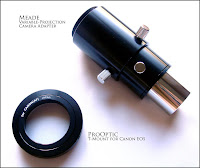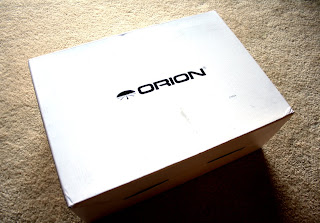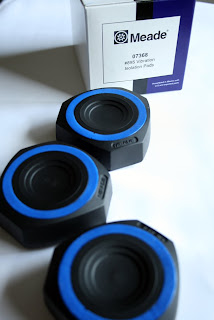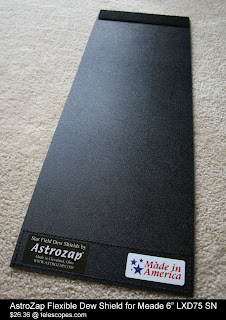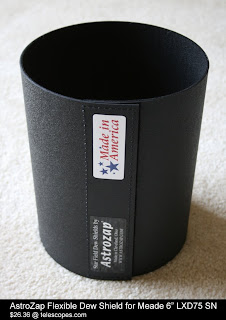So why the interest in space/stargazing? Well for me personally I've been interested in space all my life but only recently have I started into the act of stargazing. I never had a telescope before and that was mostly because when I was young I was more interested in video games and girls than anything else.
Now at this stage in my life I can finally explore for myself the wonders of our own Milky Way galaxy as well as objects beyond our galaxy into the great unknown vastness of the universe.
Sounds cool right? And anyone can do it, even on the cheap.
For less than a cost of a Wii, you could get a telescope that can see the rings of Saturn, or the moons of Jupiter...even the polar ice caps of Mars and beyond. But with anything you buy, you will need a manual - more precisely, a guide...and the following books/magazines are what I recommend you look into...
Turn Left At Orion
Very highly rated book made for observers with small scopes or binoculars. Each object is shown as it looks in the eyepiece (so no unrealistic Hubble photos here).
Stargazing SecretsAnother good book that is packed with the best objects to look at during the current month. Has full color images and often shows what objects will look like with a larger scope or with a CCD camera.
Celestial SamplerA magazine-style guide which is great for taking on trips or for quick stargazing sessions in the backyard. Has about 60 objects featured so not as much as the other books.
And of course the best monthly magazine to read up on space stuff is Sky & Telescope magazine, especially if you are just getting into stargazing.

